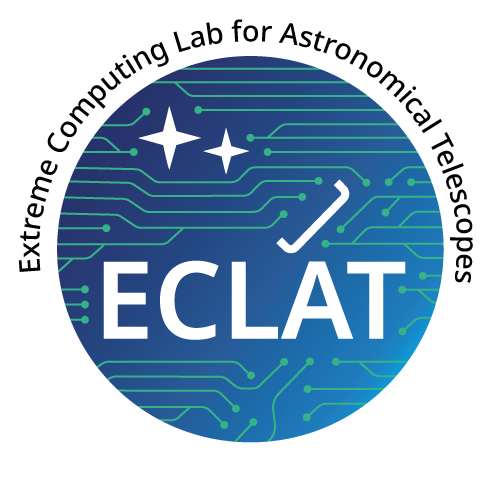Design of supercomputers
The main objective of this area is to provide detailed recommendations for the architecture of the SDP-HW system, covering all levels of design: from the overall architecture to specific components and interfaces, while integrating optimised management of hardware resources.
Support the co-design team within SKAO
To strengthen the co-design team’s contribution to the SKAO project, this area focuses on two major aspects to frame the design:
- A system analysis leading to the setting of requirements applicable to SDPs at a level that is compatible with the admission of sub-systems independently of their integration into telescopes (technical specification),
- By aligning the industrial roadmap with the needs of the project, comparative studies will illustrate the advantages of certain solutions.
These contributions will be essential in preparing call for proposals documentation, exploring innovative solutions thanks to the industrial vision supported by Eviden.
Concept modelling
Concepts are converted into a format that can be used by scenario comparison tools, with flexible parameterisation to facilitate adjustments as requirements and interfaces evolve.
Functional analysis and system partitioning
This section explores the introduction of specialised nodes to improve performance and energy management. It also assesses their organisation into partitions and their impact on task distribution, network interconnection and the system’s ability to adapt to demanding observations or long-term extensions.
Study of storage requirements
The aim is to determine an optimal size for the short-term storage space, balancing performance, cost and energy consumption of the overall system.
Study of I/Os and interconnection
The aim of the studies here is to optimise the large volumes of data coming from the correlator in order to reduce the risks of limiting the performance of the SDP. The analysis focuses on ingestion, exchanges with the storage space and dissemination of results. The parallelization effort will also require a lot of data exchanges between nodes and within nodes.
Cost estimates
Assessing acquisition and operating costs is crucial to minimising financial risk, especially in the face of volatile equipment prices. Incorporating a cost model into the design will help define the trade-offs required to meet budgetary constraints.
Estimated environmental impact
Aligned with the SKAO sustainability principles, this aspect examines the environmental impact of the SDP over its entire life cycle, taking into account the challenges of energy supply, availability and cost.
Research areas
Pushing the limits of innovation
Design of supercomputers
Research & development
Instrumentation for radio astronomy
Contributions to SKAO
Want to learn more?
Find out how you can contribute to innovation in astronomical research with ECLAT. Explore our pioneering projects and international collaborations to push back the frontiers of modern astronomy.
